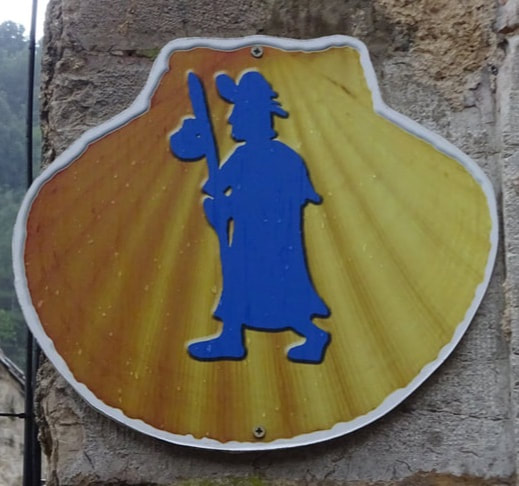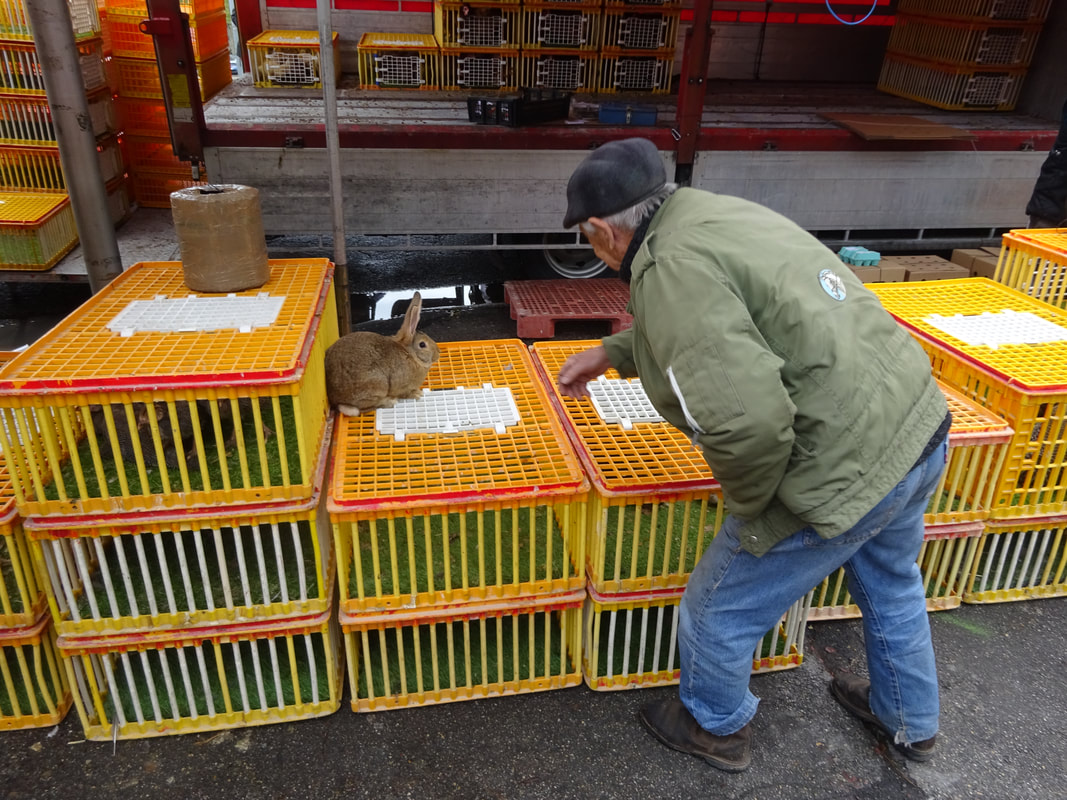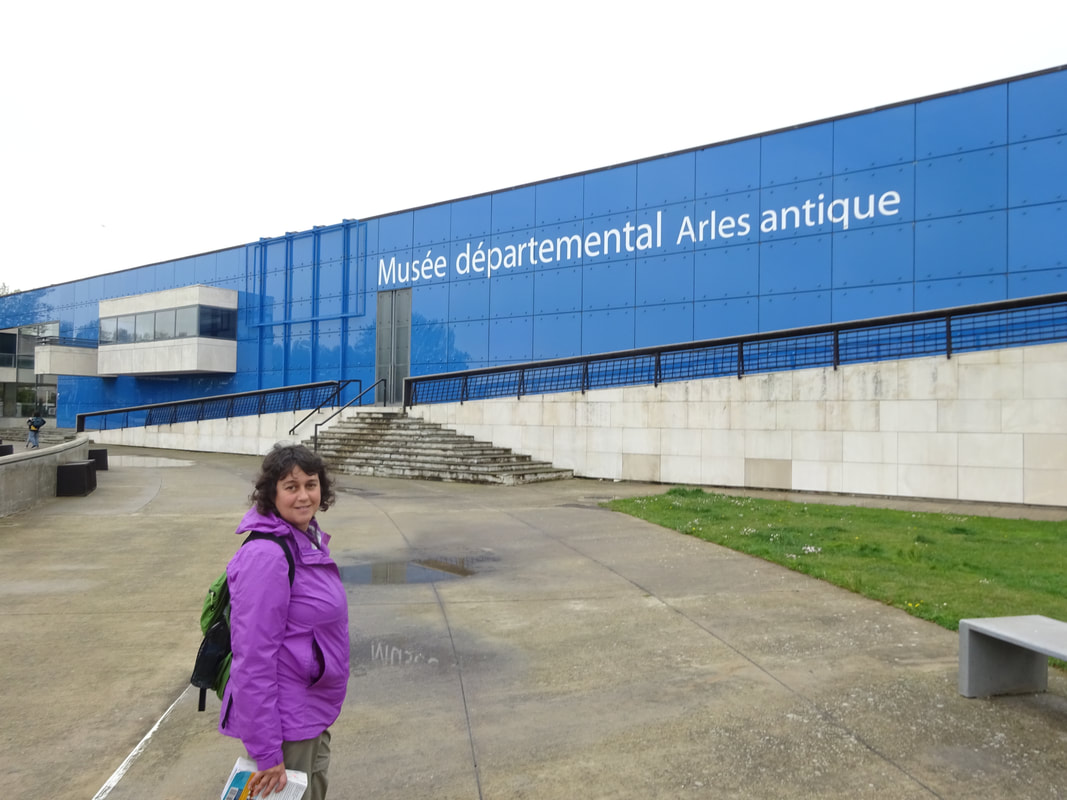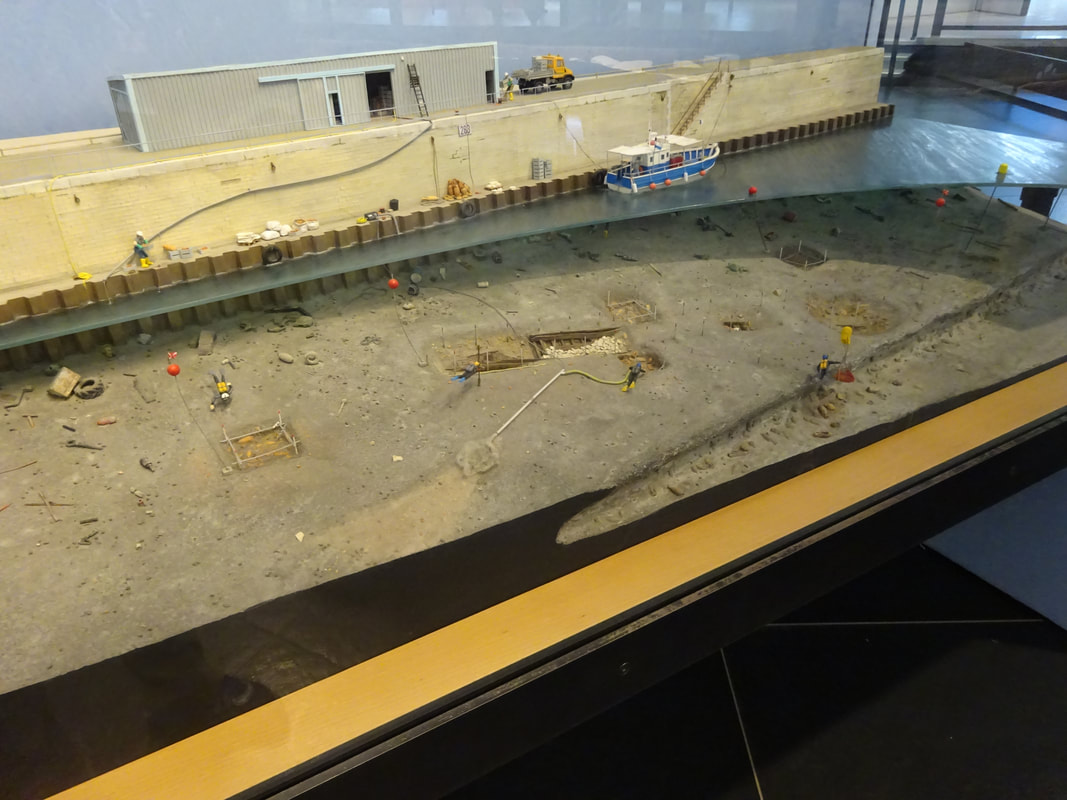13-14 April 2018
Saint-Guilhem-le-Désert is a commune in the Hérault department in the Occitanie region in southern France. Situated in the narrow valley of the Gellone river where it meets the steep-sided gorge of the Hérault River, Saint-Guilhem-le-Désert is essentially a medieval village located on the Chemin de St-Jacques (Way of St. James) pilgrim route to Santiago de Compostella.
Saint-Guilhem-le-Désert is a commune in the Hérault department in the Occitanie region in southern France. Situated in the narrow valley of the Gellone river where it meets the steep-sided gorge of the Hérault River, Saint-Guilhem-le-Désert is essentially a medieval village located on the Chemin de St-Jacques (Way of St. James) pilgrim route to Santiago de Compostella.
The abbey of Saint-Guilhem-le-Desert owes its name to Guilhem, a French knight of the medieval period. Born sometime in the late 8th century, Guilhem was one of the Emperor Charlemagne's chosen knights. A devout Christian who ended his days (died 812 AD) in the monastery at Gellone, he endowed the abbey with a relic of the True Cross, given to him by Charlemagne. Because of this relic, the monastery soon prospered and became an important place of pilgrimage in southern France.
With the development of the great medieval pilgrimage to Santiago de Compostela (the shrine of Saint James in northwestern Spain) in the 10th century, Saint-Guilhem-le-Desert became a recognized stage on one of the four major routes leading to Compostela. By the middle of the 11th century this influx of pilgrims to the Gellone valley enabled the monks to rebuild their monastery on a larger scale, using the architectural techniques of the early Romanesque style. The present abbey church dates from that period.
With the development of the great medieval pilgrimage to Santiago de Compostela (the shrine of Saint James in northwestern Spain) in the 10th century, Saint-Guilhem-le-Desert became a recognized stage on one of the four major routes leading to Compostela. By the middle of the 11th century this influx of pilgrims to the Gellone valley enabled the monks to rebuild their monastery on a larger scale, using the architectural techniques of the early Romanesque style. The present abbey church dates from that period.
Aigues-Mortes is a striking, walled medieval town sitting on the flat marshes of the Camargue, and is considered the purest example of 13th-century military architecture. It looks today pretty much like it did in the Middle Ages. The town of neatly rectilinear streets is surrounded by a crenelated wall with four corner towers and a dozen fortified portes.
Arles is a city on the Rhône River in the Provence region of southern France. It's famed for inspiring the paintings of Van Gogh. Once a provincial capital of ancient Rome, Arles is also known for many remains from that era, including Arles Amphitheatre (les Arènes d'Arles), now hosting plays, concerts and bullfights.
Lucky for us, we once again are in town on a market day. So after breakfast, featuring wine of course, we started are day here. This one was especially appealing, as it was more the traditional farm offerings, and less so the t-shirts and plastic bowls.
A setting for Van Gogh's canvass, some of the block still the same, some not.
Almost like Rome, we see the amphitheater looming in the distance, while still walking in the narrow city streets.
Much foresight by city planners is seen here - the Roman ruins were allowed to become a permanent member of the town streets.
We see the high Alps again on the far horizon from the top of the amphitheater.
Remains of a Roman theater.
In the background from the Roman theater, the Church of St. Trophime is a Roman Catholic. It was built between the 12th century and the 15th century, and is in the Romanesque architectural tradition.
Many relics on display in the church. Gerri finding a "relic" of her own.
Another Van Gogh location - nicely landscaped to preserve the character from his time.
And another Van Gogh!
A small, but amazing, museum presenting the Roman antiquities of Arles. On display is a model providing an excellent overview of when Arles was a Roman town.
Here is a boat from around 50 AD, recovered from the Rhone River just a few years ago, which represents the scale of naval commerce during the Roman era. It is astonishingly intact with much of its cargo still remaining. It, along with other items dredged from the river, shows just how essential the town of Arles was in facilitating trade between the Mediterranean and northern parts of the Roman province Gaul.
This is dinner tonight at "home", followed by a surprise mini-concert just one block away from our lodging in Place de la République.









































































 RSS Feed
RSS Feed
